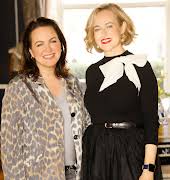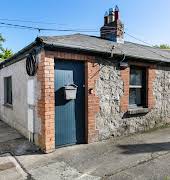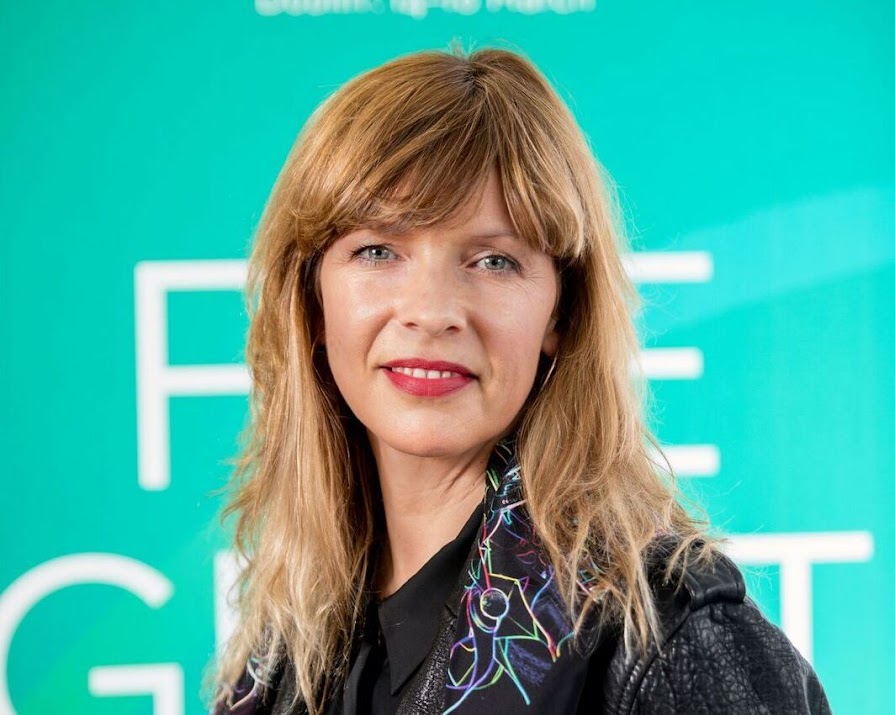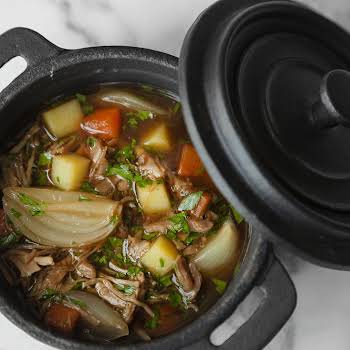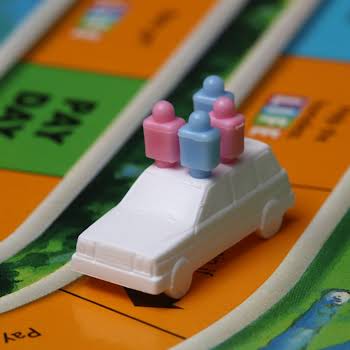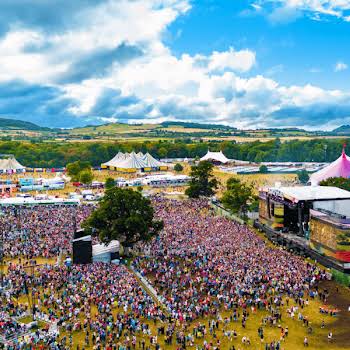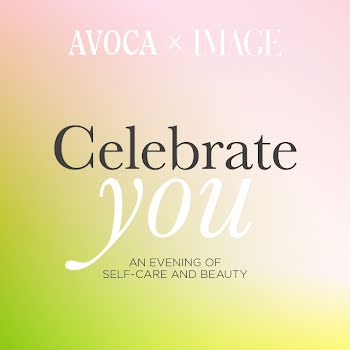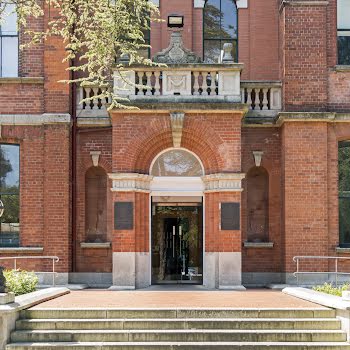
What goes into planning the St. Patrick’s Day festival? We chatted to its Artistic Director to find out
By Erin Lindsay
16th Mar 2019
16th Mar 2019
Every year when you tune in to the St. Patrick’s Day parade making its way down O’Connell Street, do you ever think about the work that goes into making it happen? The people who organise these massive events and beautiful exhibitions? The main woman behind it is Karen Walshe, who, as Artistic Director of the festival, is responsible for conceiving, developing, and implementing the artistic vision of one of the country’s most important events.
The St. Patrick’s Festival is the biggest celebration of national identity and creativity in the world. It is a 3,000 participant, five-day statement of being Irish, promoting our heritage, and reflecting on the zeitgeist of Ireland today. Karen is the woman who makes it all happen, since she took her position at the helm of the festival in 2016. We sat down to chat to her about her career to date, how she chooses a theme to encapsulate everything Irish in a single year, and her proudest moment of running the festival so far.
Related: Happy long weekend! Your Patrick’s Day guide to What’s On is here
Tell us a little bit about your career to date — how does one become the Artistic Director of the St. Patrick’s Festival?
I have about 20 years of experience working on events and festivals in Dublin. I started off working at Temple Bar Music Centre (now known as The Button Factory), doing marketing and promotion of gigs, which meant getting in touch with many interesting performers. It was there that I learned the whole process of booking and marketing and how a venue works. From there, I went to setting up my own project with two partners (Eamonn Doyle and Rob Rowland), which was the Dublin Electronic Arts Festival — a two-week event celebrating electronic art, film, and music, really focusing on the cutting edge, underground artists. It ran for 10 years, during which time, I was constantly meeting artists and promoters, discovering new venues around the city, figuring out how to be more innovative and groundbreaking with events. I also worked freelance at that time, putting on other events around the city, which included working on the St. Patrick’s festival in other, smaller roles. When the job came up for Artistic Director, I think it was all those years of learning the different crafts of programming and event management and building up a library of contacts that led me to getting the position. That and the passion — I’m in my early 40s now and I absolutely feel like it’s the right time to do this job.
What does an average day in your position look like?
Some events for the St. Patrick’s Day festival are planned a year or two in advance, depending on how big they are. Regardless, as soon as the festival wraps on March 18, I am straight into planning for next year’s festival. The big first step is setting the theme, and from that, I can begin to bring everything together to connect on the weekend. This year, the theme is ‘Storytelling’, so every event has an element of storytelling running through it. For example, we have one event on the Thursday called Cormac Begley & Friends, where musicians like Lisa O’Neill and Stephen James Smith are interviewed before they perform, telling stories about their music. The parade and pageant companies, once they hear about the theme, apply to me with a connection to that and I approve their acts based on whether it fits well enough.
We do the majority of the programming between April and September, and then go into planning the marketing, promotion, and technical aspects, while making sure it all fits within the budget. Throughout the year, myself and my Fundraising Manager Danielle Lynch will be working on securing funding from partners for different projects. It’s all about making sure everything is organised well, so that patrons have an excellent experience when they head along. You learn from every experience, and bring that into your planning for the following year.
Related: The best Dublin cafés with real Irish food
How did you decide on the theme for this year’s festival?
I like to get a feel for what’s going on in the country at the time. Last year, the theme was ‘Home’ — it was something that kept popping up in the media, from homelessness to emigration to people returning to Ireland, and exploring the idea of what a home is. When I was researching and putting together the idea of ‘home’, the idea of storytelling also started to form in my head. The same things kept cropping up — the beautiful relationship we have with storytelling, the music and sean nós singing and poems from the past, passed generation to generation. We all have stories in us – it could be in traditional ways, or it could be through photography or song. Hearing all those stories are mindblowing for me, and to celebrate that and to keep generations connected is very important.
Is it difficult to put together a festival for St. Patrick’s Day without too many Irish clichés?
For me, it’s not really difficult because I don’t have experience in programming anything twee or cliché — if that was what was expected of me to run the festival, the role wouldn’t suit me. The St. Patrick’s festival wants me to bring a contemporary, fresh view of what Irish is, and there is a huge pride and honour to work for a national festival that celebrates Irishness. For me, the Irishness is in the artists and art forms — music, theatre, literature, poetry, history — it’s all there. To put up leprechauns and shamrocks is a cheap, old-fashioned way to celebrate, and that’s not what we’re about. We want to own the green and celebrate it, but also want to show the world that we are a vibrant Ireland with world-class artists and people. The workmanship is part of our blood and heritage — it’s still as much here as it was a thousand years ago, which is what we want to celebrate.
What has been your proudest moment in the job so far?
Every year, we have the opportunity to commission an artist, funding them to create something new. In 2017, which was the first festival I worked on, Stephen James Smith created a film poem called ‘My Ireland’. It went viral all over the world with the message that this is Ireland in all its glory and all its warts too. It really set the tone for the way I wanted to continue programming the festival. Commissions are a proud moment and I will always take them away with me – when I’m older, I’ll always look back at those parts and be so proud that I was a part of making them happen.

